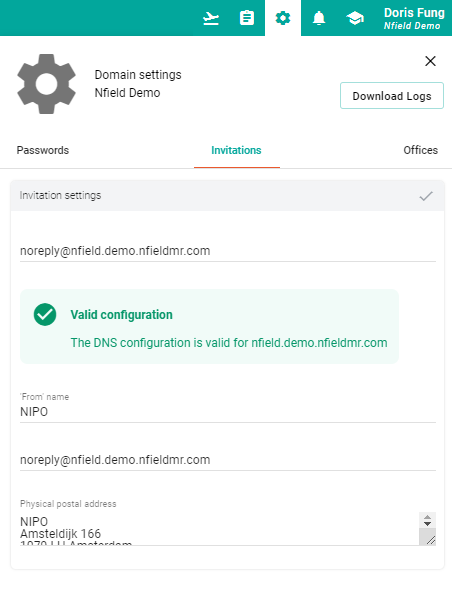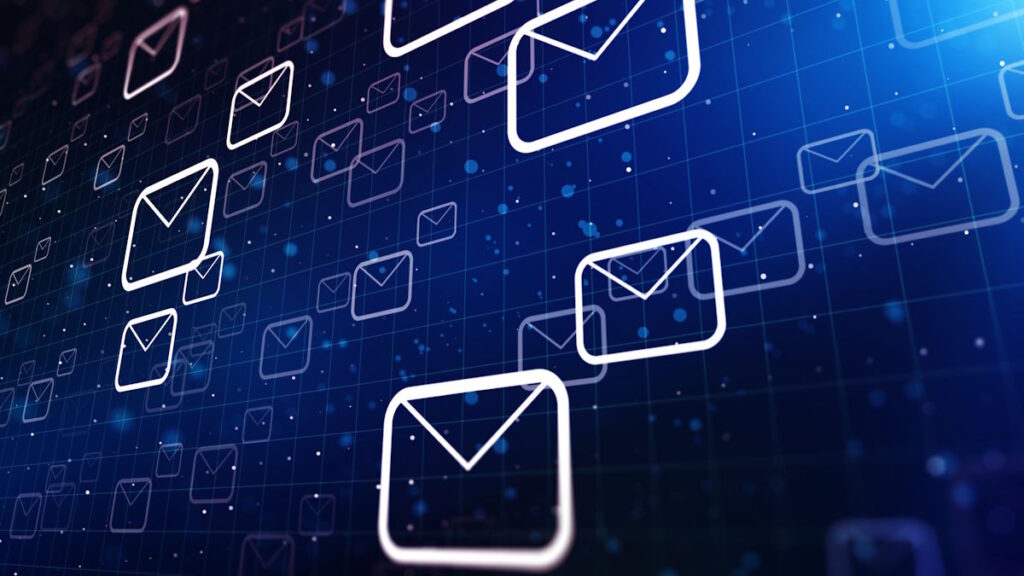Most online market research surveys begin with an email invitation to participate. If these emails don’t reach their intended recipients and attract their attention, your survey is going to suffer. Successful delivery, which means landing in each recipient’s inbox, not their spam folder, is never guaranteed. And being recognized by them as a legitimate message, which should be opened, is essential to avoid being clicked straight into the trash.
It may sound a bit like a game of chance, but you can take steps to tip the odds firmly in your favor.
To protect ordinary people from being bombarded with huge amounts of unsolicited and undesirable emails which flood the internet every day, email service providers and email apps implement a range of checks on each item before allowing it to reach an inbox. The best practices outlined in this article will help your emails to pass these checks.
1. Create and authenticate custom email domains
The domain your survey invitation emails come from matters. Recipients are more likely to open emails sent from a domain they recognize and feel they can trust. Nfield can easily be configured to send from custom domains as necessary. (Of course, you need to send from a domain you are legitimately entitled to use and have the credentials for – you can’t just borrow any domain you feel like using!)

To ensure each custom domain passes relevant delivery checks, you should set up email authentication protocols such as DMARC (Domain-based Message Authentication, Reporting, and Conformance), DKIM (DomainKeys Identified Mail), and SPF (Sender Policy Framework). This is something for your email administrator to take care of.
These protocols authenticate emails to confirm they are legitimately being sent from the domain they appear to be from, effectively removing one of the reasons that emails get flagged as spam.
Once these protocols have been set for a custom email domain, please contact our support to connect this domain to Nfield.
2. Obtain consent from respondents
Obtaining consent to email the people you want to invite to your online survey is important for various reasons. For a start, your emails won’t come as a surprise, so they’re less likely to be suspicious and bin them without opening, or report them as spam. Either of these actions will be unhelpful to both your survey response rate and your domain reputation.
Aside from this, obtaining recipient consent to include them in a distribution list is both a best practice and a legal requirement under the General Data Protection Regulation (GDPR). Compliance with GDPR demonstrates your commitment to respecting individuals’ privacy rights and strengthens trust between your organization and the survey respondents you rely upon. By securing explicit consent, you not only uphold ethical standards but also mitigate the risk of non-compliance penalties. Prioritizing consent as part of your email outreach strategy aligns with GDPR’s principles of transparency and accountability, which fosters a positive relationship with your audience.
Read more about EU GDPR specifications.
3. Validate email addresses
Sending survey invitation emails to addresses that don’t exist results in hard bounces that reduce your delivery rate and damage your email reputation. Even when you think you’ve done everything right, invalid addresses can still get into your system through people accidentally mistyping or deliberately providing false information.
You can flush out bad email addresses by using validation tools (such as Emailable or ListWise). Maintaining a clean and validated distribution list will return higher delivery rates and keep your reputation intact.
4. Enable easy opt-out
Even if recipients have consented to being on your distribution list, they have the right to change their minds. It is important that every email contains an unsubscribe link through which recipients can easily manage their preferences. Any requests to opt-out need to be honored promptly to avoid reputational damage caused by unwilling recipients failing to open emails, and possibly reporting them as spam. If you continue to contact people who’ve opted out, they will also develop negative feelings towards the brand being represented.
Enabling easy opt-out demonstrates respect for recipients’ choices and helps preserve your email sender reputation. Nfield supports customizable unsubscribe options, allowing you to tailor the process to align with your branding and compliance requirements.
Alongside this, Nfield provides a blacklist facility where you can keep track of email addresses which have unsubscribed, had delivery problems, been flagged as fake or should not be contacted for any other reason. These blacklists are compiled at domain-level, as another tool for helping you protect your email reputation.
5. Assess your spam score before sending
The content and formatting of emails is another factor that can easily trigger spam flags if you’re not careful. Before sending out your email invites, you should evaluate them by using a spam score checker (such as mail-tester) that analyzes subject lines, content, formatting and other attributes that may be scrutinized by the “spam police”. This will help you avoid another deliverability pitfall, while resulting in emails which appear more genuine to the people you need to participate in your survey.
Helping your online surveys succeed
Following best practices for sending invitation emails is essential for online survey success, and Nfield has a number of in-built features to help you do this. For more advice on building a robust email reputation, and to find out why this matters, check out our related articles

